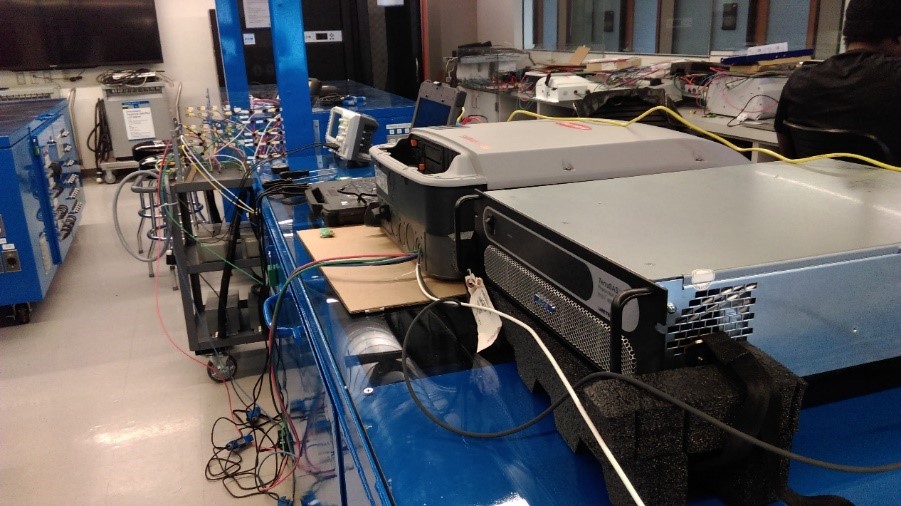Inverter Testing and Modelling

Photovoltaic (PV) modules have continued to decrease in price over the past decade causing the number of installations to increase. With increase in the penetration of PV renewable resources comes interconnection and system protection challenges for planning engineers. Since PV inverters do not behave the same as traditional generators, and the inverter vendors do not provide modeling details, the models used for grid integration of the inverters are not adequate. In addition, the current inverter models used by planning engineers provide accurate steady state solutions, but do not provide accurate transient results. Increase in penetration and inaccurate planning models will cause unreliable system protection, leading to possible mis-operation and mis-coordination of relaying equipment. Valid transient models are necessary for planning and studying the impact of increased PV renewable penetration on the electric power grid.
The Hammerstein-Wiener modeling method provides a possible solution for simulating non-linear and time-varying transients produced by PV inverters. The analysis is based on collected laboratory test data from both single-phase and three-phase PV inverters. Data is collected during both open-circuit and short-circuit transient events. Each inverter is tested at four different output power levels and multiple tests made for each case to account for point-on-wave effects on the transient magnitudes. We propose using the Hammerstein-Wiener mathematical modeling to provide a transient PV inverter model. Preliminary results indicate that the Hammerstein-Wiener method can provide a possible solution for modeling these nonlinear transients.